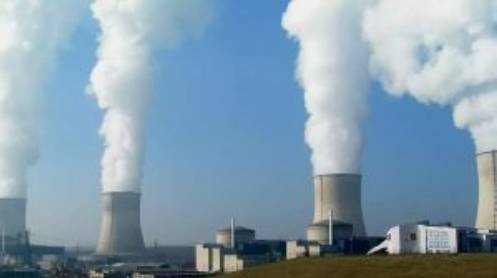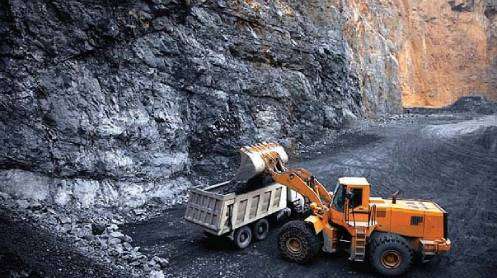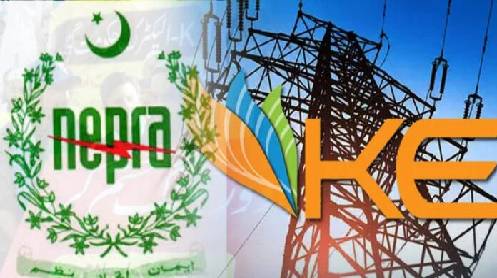ISLAMABAD: The country’s system line pack has once again increased alarmingly to 5.070 billion cubic feet per day (bcfd), putting the whole gas transmission line under severe stress.
This is mainly due to the lower utilisation of regulated liquefied natural gas (RLNG) by the power and industrial sectors. To decrease the line pack pressure, Sui gas companies are excessively diverting the costly RLNG to the domestic sector, even after the beginning of the summer season.
This will cause a further increase in gas tariffs for the domestic sector, senior officials at the energy ministry told The News. “The limit of maximum gas volume in the pipeline is 4,500 million cubic feet per day (mmcfd), and if the gas volume increases beyond this limit, the gas transmission system can burst anytime, exposing the country to a gas and electricity crisis,” the officials warned.
In the last week of March 2024, the line pack increased to 5.003 bcfd, and then during the Eid holidays, it again crossed the dead level. During these days, the RLNG diversion per day to the domestic sector stayed at 150-250 mmcfd, and still, the diversion of 50-100 mmcfd is underway to the domestic sector to harness the ease in line pack pressure.
“Yes, the line pack pressure of over five bcfd is highly dangerous for the system, and Sui Company finds it easy to divert the RLNG to the domestic sector even though in the domestic sector, demand for gas has plummeted manifold as the summer season in Punjab and Sindh has set in, and there exists no need to use gas for heating purposes in the said two federating units,” the officials said.
This results in a high tariff for domestic consumers to recover the RLNG diversion cost. The government has already increased the gas tariff by up to 193 percent with the target of mopping up Rs902 billion in revenue in 2023-24, even though the revenue requirement of the ongoing fiscal was at Rs701 billion, meaning that the diversion of LNG cost, which is estimated at Rs232 billion, would also be recovered from consumers.
Though authorities in the petroleum division are quite upset over the continuation of RLNG diversion by Sui Northern to ease pressure in line packs, the Sui Company continued to divert RLNG to the domestic sector. Many high-end domestic consumers are paying a gas price of Rs4,200 Mmcfd, which is higher even than the RLNG prices, which stand at Rs3,700.
Moreover, the authorities have also curtailed gas supply by 150 mmcfd from five local gas fields. The practice of decreasing local gas flow to save the gas transmission system is highly dangerous, as sometimes the wells, which are near depletion, are forced to reduce natural gas flows, are sunk, and cannot recharge to the level of natural gas flow. Such wells require capital-intensive investment through artificial lift methods to come onstream. This is how the reduction in gas flow by local gas fields proves very dangerous to maintaining the current local gas production level.







